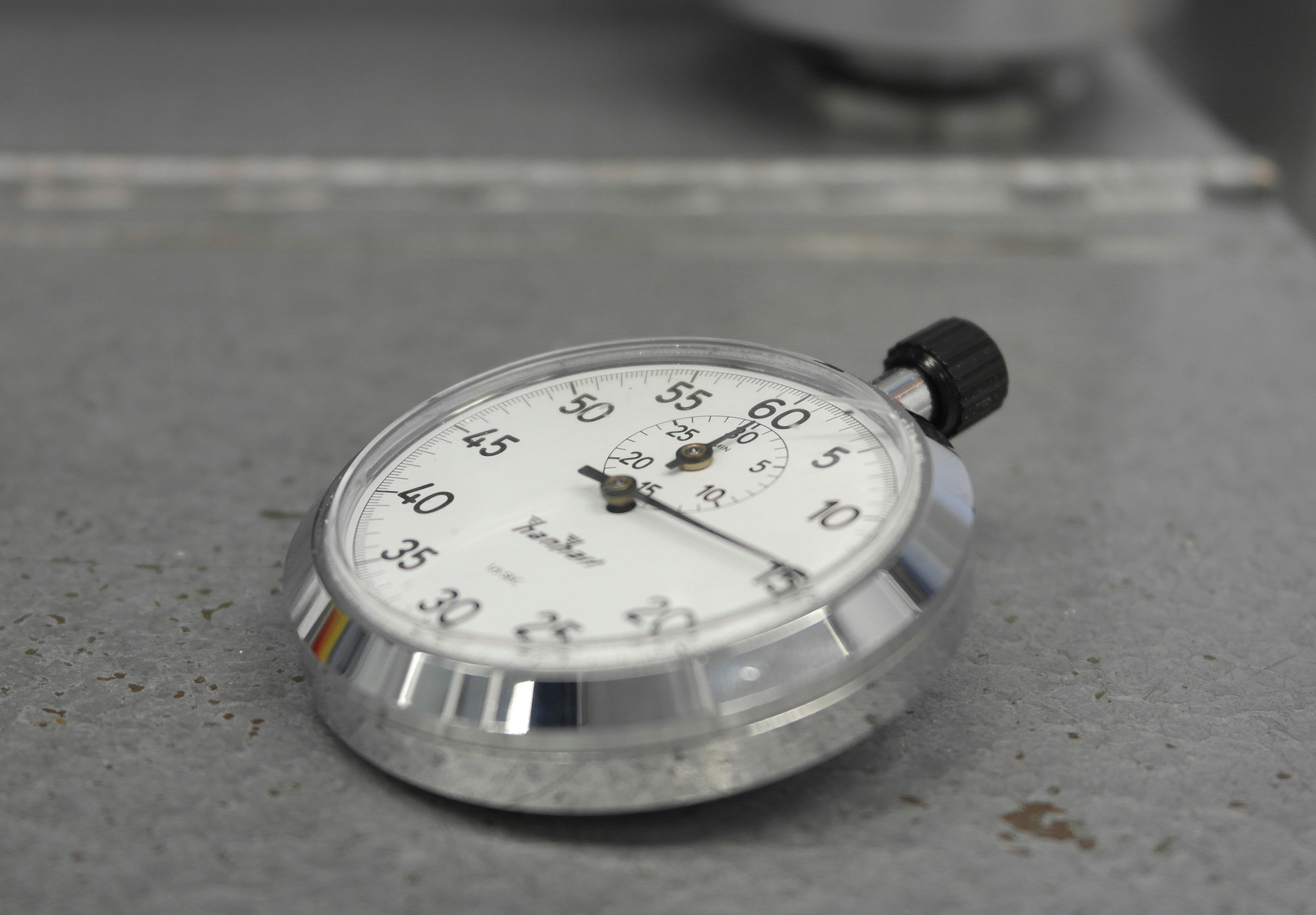
When Seconds Matter: How Modern Security Systems Cut Police Response Time
The Critical Time Window
According to FBI statistics, the average home burglary takes between 8 to 12 minutes. Most intruders know this and plan accordingly. Traditional security approaches relied on neighbors noticing suspicious activity or homeowners discovering the break-in after returning home—often hours or even days later.
Consider this sobering reality: without a security system, a break-in might not be reported until long after the perpetrator has fled. By then, your valuables are gone, your sense of safety shattered, and the chances of recovering your belongings diminish with each passing hour.
How Modern Security Systems Change the Game
Today's advanced home security systems don't just sound an alarm—they create a direct pipeline to emergency responders through several innovative technologies:
1. Verified Alarms: Priority Response
One of the biggest challenges in emergency response has been false alarms. Police departments across the country receive thousands of false alarm calls annually, leading many to deprioritize unverified security alerts.
Modern systems use multi-factor verification, including:
- Motion detection combined with door/window sensors
- Audio verification that can detect breaking glass or forced entry sounds
- Video verification that provides visual confirmation of an intrusion
When your security company can verify an actual break-in is occurring, police categorize the call as a "crime in progress" rather than a "possible alarm," significantly elevating its priority and reducing response time by up to 50%.